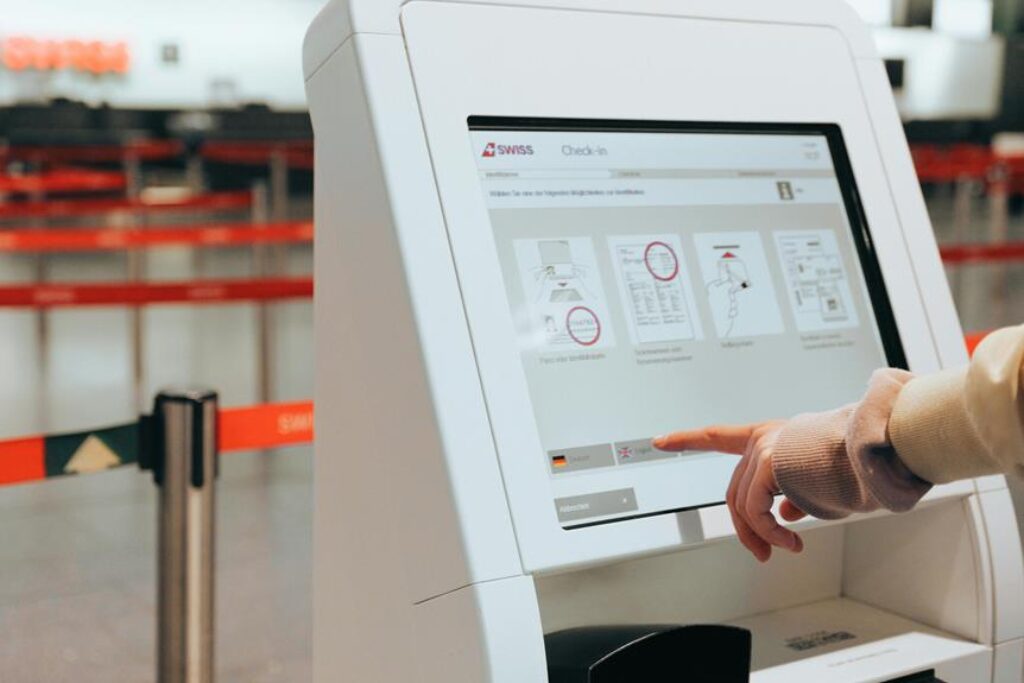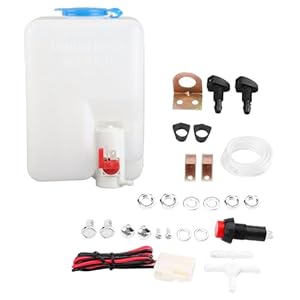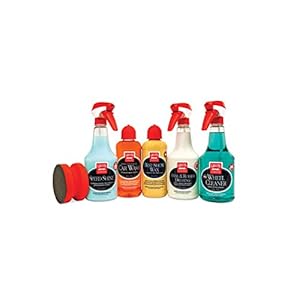
Before setting off on your journey, remember the importance of conducting essential safety checks to ensure a secure trip. Your safety and that of your fellow travelers depend on it. From the condition of your tires to the functionality of your brake system, taking a few moments to inspect these critical components can make all the difference. Stay tuned to discover the key steps you should never skip before hitting the road.
Tire Inspection
Before hitting the road, make sure to conduct a thorough inspection of your tires for any signs of wear or damage. Start by checking the tire pressure with a gauge to ensure they’re inflated to the recommended level. Properly inflated tires not only provide better fuel efficiency but also ensure safer handling.
Next, examine the tread depth. Insert a penny into the grooves with Lincoln’s head facing down; if you can see the top of his head, it’s time for new tires. Look for any cuts, bulges, or cracks on the tire sidewalls, as these could indicate potential problems. Make sure all the tires are wearing evenly; uneven wear may point to alignment issues.
Additionally, check for any foreign objects stuck in the tires. Remember, your tires are the only point of contact between your vehicle and the road, so ensuring they’re in good condition is crucial for a safe journey.
Fluid Levels Check
Ensure all essential fluid levels in your vehicle are at the proper levels before embarking on your journey. Check the engine oil by locating the dipstick, pulling it out, wiping it clean, reinserting it, and then pulling it out again to check the oil level. Make sure the oil is between the minimum and maximum marks.
Next, inspect the coolant level in the transparent reservoir. If it’s below the minimum mark, add a mixture of coolant and water. Don’t forget to check the brake fluid level in its respective container, ensuring it meets the recommended level.
Additionally, examine the transmission fluid with the engine running and the car in park. The power steering fluid level should be within the designated range as well. Lastly, verify the windshield washer fluid level to guarantee clear visibility throughout your trip.
Performing these checks will help prevent potential breakdowns and ensure a safe journey.
Brake System Examination
To ensure your vehicle’s safety and performance, inspect the brake system before starting your journey. Start by checking the brake fluid level in the reservoir, ensuring it falls between the minimum and maximum marks. Look for any signs of leaks around the brake lines, calipers, or cylinders. Spongy or soft brake pedals, strange noises when braking, or vibrations could indicate potential issues that require immediate attention.
Next, examine the brake pads and discs for wear and tear. Worn-out brake pads can reduce braking efficiency and increase stopping distances. If the brake pads appear thin or the discs are grooved, it’s time for replacements. Additionally, make sure the brake lights are working correctly to alert other drivers when you’re slowing down or stopping.
Lights and Signals Test
Check your vehicle’s lights and signals regularly to ensure they’re functioning properly for safe driving. Before starting any journey, take a moment to inspect all your lights, including headlights, taillights, brake lights, turn signals, and hazard lights.
Turn on your headlights and walk around your vehicle to confirm they’re all working. Have someone help you check the brake lights and turn signals as well. If any lights are dim, flickering, or not working at all, replace the bulbs as soon as possible.
Properly functioning lights are crucial for visibility on the road, especially in low-light conditions or bad weather. Ensuring your signals work correctly helps other drivers anticipate your actions, reducing the risk of accidents.
Remember to also check your dashboard indicators to verify that all warning lights are operational. By conducting this quick lights and signals test, you contribute to making your journey safer for yourself and others on the road.
Automotive & Tools















